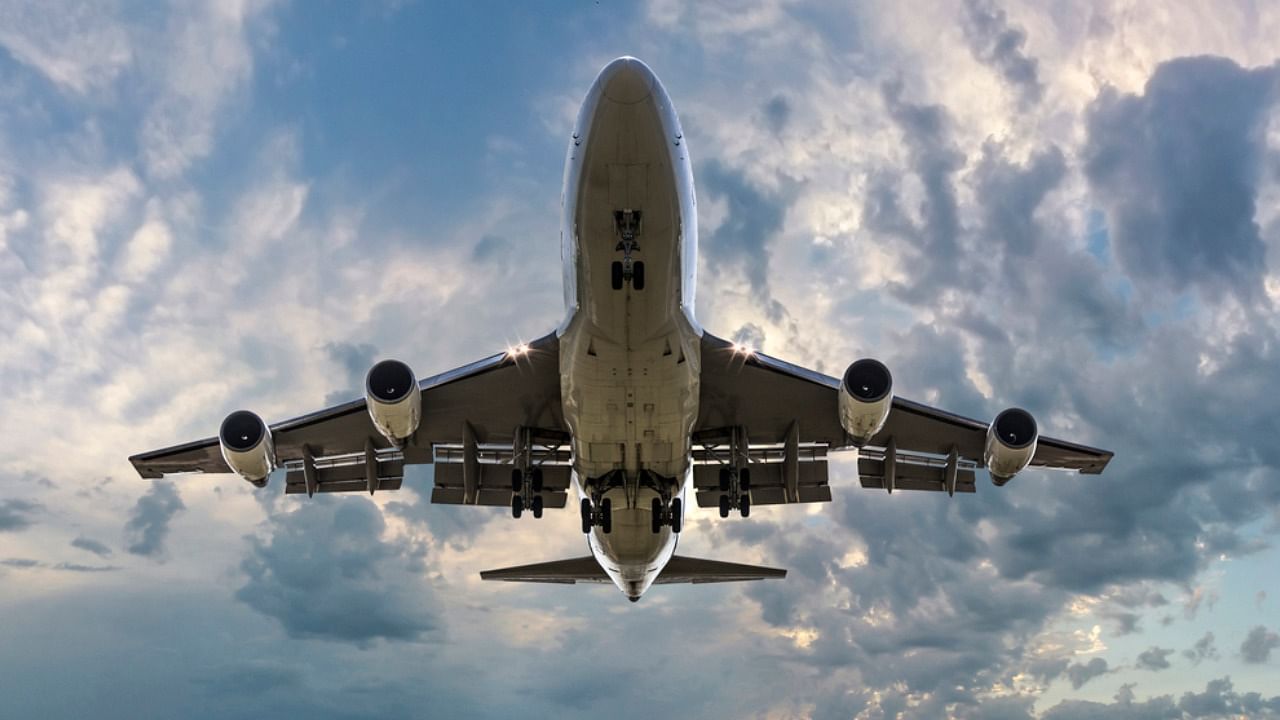
Amid a number of aircraft experiencing technical malfunctions in the past 45 days, the country’s civil aviation regulator has started a two-month-long special audit of airlines.
The Directorate General of Civil Aviation (DGCA) conducted spot checks earlier this month which revealed that insufficient and unqualified engineering personnel were certifying planes for departures, officials said on Sunday.
Emphasising that there has been a rise in engineering-related occurrences in scheduled airlines in recent times, the DGCA order said the special audit will be conducted especially at hangars and stores.
Equipment being used by airline personnel, quality assurance system, aircraft grounded due to lack of spare parts and airlines’ maintenance control centres are among those that will be audited.
According to a DGCA order issued on July 18, the audit will focus on the availability of sufficient, suitably qualified and experienced manpower, duty time limitations, availability of current maintenance data for all types of aircraft, adequacy of aircraft turnaround time during transit and multiple MEL (minimum equipment list) releases.
The special audit started on July 19 and is aimed at ensuring that the airlines are adhering to the “laid down standards”.
Earlier, the spot checks found that AME (aircraft maintenance engineer) teams of airlines were not properly identifying the cause of the reported defect.
“It is also seen that airlines are resorting to frequent one-off authorisation to Category A certifying staff at transit stations, which is not in line with existing regulatory provisions,” it was revealed.
Snags in 45 days
On July 5, SpiceJet’s freighter aircraft heading to Chongqing in China returned to Kolkata as the pilots realised after take-off that its weather radar was not working, while its Delhi-Dubai flight was diverted to Karachi due to a malfunctioning fuel indicator. Its Kandla-Mumbai flight did priority landing in Mumbai after cracks developed on windshield mid-air.
In another incident on July 2, a SpiceJet flight heading to Jabalpur returned to Delhi after smoke was detected in the cabin at 5,000 feet altitude. In separate incidents on June 24 and 25, fuselage door warnings lit up in planes, forcing them to return.
There were two incidents on June 19 — an engine of a Delhi-bound aircraft caught fire soon after take-off and had to make a landing in emergency condition at Patna airport, while cabin pressurisation issues forced a Jabalpur-headed flight to return to Delhi.
On July 21, Air India’s Dubai-Kochi flight was diverted to Mumbai after the pilot-in-command reported a loss in cabin pressure. On the same day, Go First’s Mumbai-Leh and Srinagar-Delhi flights faced engine snags.
